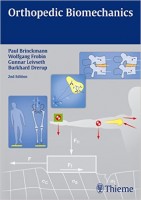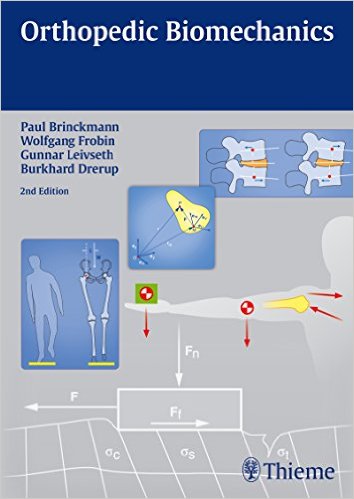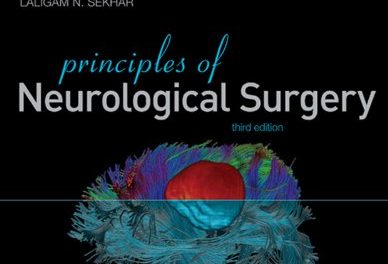 Authors: Paul Brinckmann, Wolfgang Frobin, Gunnar Leivseth, and Burkhard Drerup
Authors: Paul Brinckmann, Wolfgang Frobin, Gunnar Leivseth, and Burkhard Drerup
Publisher: Thieme – 496 pages
Book Review by: Hiro Motiram
This book has been written primarily for the benefit of people working in the fields of orthopedics, orthopedic technology, physiotherapy, rehabilitation medicine, and other allied areas. It describes the processes employed in the relatively new specialty of orthopedic biomechanics.
The authors have used a minimum of math and physics, so that the content of this book can be understood by a larger number of people. What are the topics explained and discussed in this book? We give you a list of them below:
- Mechanics: Some Basics
- Basic Concepts from Physics and Mechanics
- Mechanical Properties of Solid Materials
- Deformation and Strength of Structures
- Mathematics and Basics
- Vector Algebra
- Matrix Notation
- Translation and Rotation in a Plane
- Mathematical Description of Translation and Rotation in Three-Dimensional Space
- Mechanical Aspects of the Human Locomotor System
- Mechanical Properties of Bone and Cartilage
- Structure and Function of Skeletal Muscle
- Mechanical Aspects of Skin
- Dimensions, Mass, Location of the Center of Mass, and Moment of Inertia of the Segments of the Human Body
- Determination of Joint Load in a Model Calculation
- Mechanical Aspects of the Hip Joint
- Mechanical Aspects of the Knee Joint
- Mechanical Aspects of the Lumbar Spine
- Mechanical Aspects of the Shoulder
- Biomechanics of the Foot
- Gait
- Solved Problems
- Solved Problems
Among the concepts covered and the questions answered in this book are the following:
- Loads, demands, structure and functions of the human locomotor system
- How human tissue reacts to mechanical influences
- How clinicians can identify potentially damaging and harmful factors
- What are the means for prevention, treatment, and rehabilitation in physical injury
In a nutshell here is what you will find, chapter by chapter:
The first three chapters in Part I of the book essentially discuss fundamental elements of physics and mechanics as they relate to human movement. You will understand the scientific backgrounds of various biomechanical relationships.
The next four chapters, in Part II, explain to you how acceleration, force, torque, velocity, and vector come into play in human biomechanics. The authors emphasize the importance of the vector algebra in understanding the three-dimensional motion of the human body. This also helps you comprehend the different segments in human movement, for example, in gait analysis.
Chapters 8 though 18 in Part III look at human bone, cartilage, muscle, and tissue in terms of their mechanical properties. Important data and discussions are presented in chapters 11 and 12 on mass and location of the centers of mass, and inertial properties. This information will help you calculate static and dynamic load limits of the joints of your patients or clients.
These are followed by chapters 13 through 18 wherein the biomechanical aspects of the foot, gait, hip joint, knee joint, lumbar spine, and shoulder are taken up.
In chapter 19 you will find various mathematical and mechanical problems and their solutions. The ability to solve these problems is essential to success for health care professionals in fields where a working knowledge of biomechanics in required.
This book is an important contribution to the fields of biomechanics and sports medicine. By having a clearer understanding of the human musculoskeletal system that this book presents, those who work in this area can prevent injury caused by high-impact and high-intensity activities such as walking, running, lifting, boxing, catching, throwing, or similar movements.
Authors:
Paul Brinckmann is with the Institute of Experimental Biomechanics at the University of Munster in Muenster, Germany, and the Federal School of Prosthetics and Orthotics in Dortmund, Germany.
Wolfgang Frobin is with the Institute of Experimental Biomechanics at the University of Munster in Muenster, Germany, and the Federal School of Prosthetics and Orthotics in Dortmund, Germany.
Gunnar Leivseth is with the Institute of Clinical Medicine at UiT The Arctic University of Norway in Thomso, Norway
Burkhard Drerup is with the Institute of Experimental Biomechanics in the Department of Orthopedic Technology and Rehabilitation at the University of Muenster in Muenster, Germany and the Federal School of Prosthetics and Orthotics in Dortmund, Germany.







